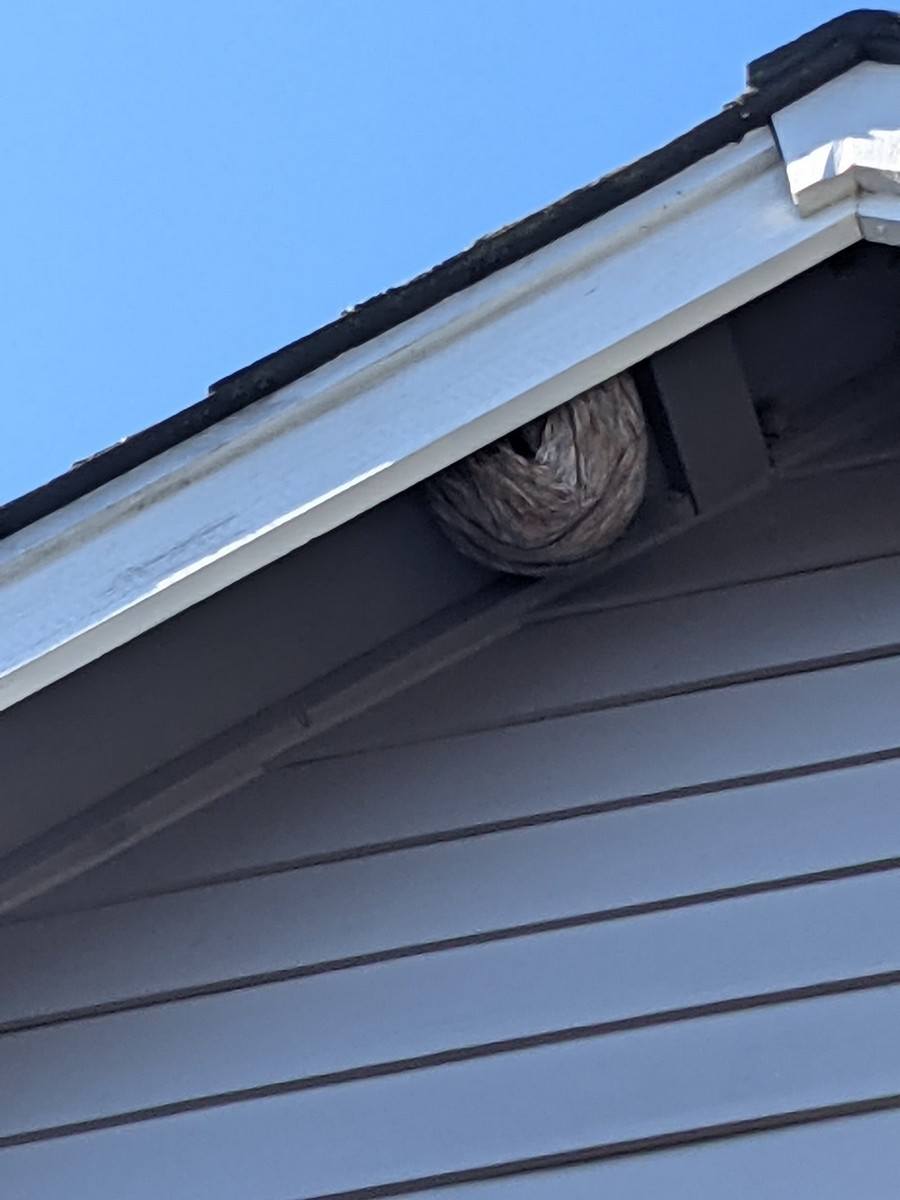Understanding Wasps vs. Yellowjackets: A Sasquatch Pest Control Guide
As we embrace the warmer months in Bellingham, Washington, not only do we start spending more time outdoors, but we also see an increase in stinging insects like wasps and yellowjackets. Both creatures emerge in the spring and remain active throughout the summer, thriving on the abundance of food and opportunities to reproduce. This can unfortunately lead to more human and insect interactions. But with so many types looking similar, how do you identify the ones to keep an eye on?
The Difference Between Wasps and Yellowjackets
Many of our customers ask, “Are wasps and yellowjackets the same thing?” The answer is nuanced. While all yellowjackets are wasps, not all wasps are yellowjackets. Wasps represent a large category of insects within the Hymenoptera order, which also includes ants and bees. Yellowjackets are a type of wasp known for their distinct black and yellow markings and smaller size compared to other wasps like the paper wasp.
Understanding these differences is crucial, especially when it comes to handling them around your home. Yellowjackets are particularly notorious for their aggressive nature and attraction to human food, which often brings them uncomfortably close to our living spaces.
Identifying Wasps, Yellowjackets, and Hornets
Distinguishing between these insects can be challenging, especially when they’re buzzing around. Generally, wasps have slender bodies with a narrow waist and are less hairy than bees. Yellowjackets, identifiable by their black antennae and yellow legs, are smaller and more aggressive than other wasps. They also tend to keep their legs tucked in during flight, unlike the dangling legs of other wasps.
European paper wasps, often mistaken for yellowjackets due to their similar appearance, are less aggressive and only sting when provoked. Meanwhile, European hornets, larger and duller in color, are more docile but will defend themselves if threatened. Intriguingly, these hornets also prey on yellowjackets.
Dealing with Nests: Prevention and Safe Removal
Encountering a nest can be alarming. Nests located above ground are likely home to non-yellowjacket wasps, like the paper wasp, while those underground or in hidden spots are typically yellowjackets’ domains. If you find a nest on your property, it’s essential to handle it with care.
At Sasquatch Pest Control, we advise against tackling these situations on your own due to the potential danger. Our trained professionals are equipped with the expertise and tools to safely remove nests, minimizing the risk to you and your family. We understand the nuances of wasp and yellowjacket behavior, enabling us to provide effective solutions tailored to your situation.
Preventative Tips
To reduce the likelihood of wasps or yellowjackets setting up shop near your home, here are a few tips:
- Remove potential food sources from your property.
- Seal up cracks and crevices to deny entry into your home.
- Ensure garbage cans and compost piles are well-sealed.
- Regularly dispose of trash to avoid attracting these pests.
Your Safety is Our Priority
Discovering a wasp or yellowjacket nest near your home can be a stressful experience. At Sasquatch Pest Control, your safety is our priority. “No matter your pest problems, we Squatch your back!” Call us at the first sign of trouble, and let our experts handle the situation safely and efficiently.
Sasquatch Pest Control
4040 Glengary Rd Bellingham Wa 98226
Learn more at Www.sasquatchpestcontrol.com Google My Business Page: https://g.co/kgs/S8JTCz Facebook Business Page: https://www.facebook.com/SasquatchPestControlPNW/ Nextdoor Business Page: https://nextdoor.com/pages/47036246?init_source=org_pages YouTube Channel: https://youtube.com/channel/UCn7PAbT89E_WEOV1CjzXJ8g
Pest control Blaine Wa, Pest control services Blaine Wa, Exterminator Blaine Wa, roach control near me, sasquatch pest control, pest control bellingham wa, termite exterminator, termite control near me, exterminator near me, for mice pest control, bellingham rodent control company near me, pest control service bellingham, pest control exterminator near me, for ants exterminator, bed bugs near me, exterminator bellingham, rodent control near me, exterminators near me, pest control exterminator near me, for bed bugs exterminator bellingham wa, exterminators near me for mice, pest control near me, for bees pest management near me, exterminator mice near me, pest exterminator near me, bed bug exterminator near me, pest control services, bee control near me, pest control in bellingham wa, exterminator for rodents near me, pest control for mice near me, pest control ants near me, ant exterminator control, pest control pest and rodent control near me, bug services near me, bees removal near me, exterminator for mice near me, beehive exterminator near me, bug exterminator near me, pest exterminators near me, pest control service Bellingham Washington, Pest control service, exterminator ferndale wa, pest control ferndale wa, ferndale pest control, ferndale wa pest control services, pest control in ferndale wa, exterminator ferndale wa, ferndale wa pest control service, Lynden wa pest control, Lynden pest control, Lynden wa pest control services, pest control in Lynden wa, exterminator Lynden wa, Lynden wa pest control service

